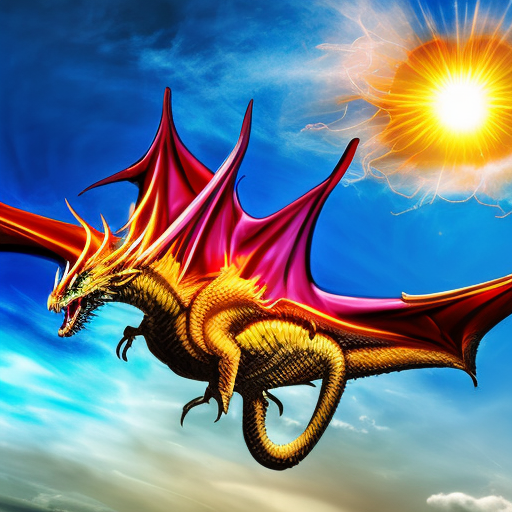What is a Drawing of the Movement of Material, Product, or People?
A drawing of the movement of material, product, or people is an important tool for visualizing the movement of elements in a process. This type of diagram or chart can be used to represent and communicate complicated systems and processes.
Flowcharts are the most common diagrams used to represent the movement of materials, products, and people. Flowcharts use arrows to show the direction of items in a process and often include other symbols such as diamonds, circles, and squares to represent decision-making points, branches, and more. Flowcharts are also used to identify areas of responsibility and to help you understand how the process works.
Process charts are another type of diagram used to represent the movement of materials, products, and people. Process charts use diagrams to explain the steps involved in a process and the relationships between them. Process charts can be used to identify bottlenecks and to analyze the effectiveness of the process.
Service blueprints are diagrams used to analyze and document customer experiences. This type of diagram uses symbols to show how customer-facing services and processes interact with one another, and how customers move through each stage of the process. Service blueprints can be used to identify areas of improvement and to map out customer journeys.
Process maps are diagrams used to show the flow of activities in a process and to identify any potential process improvements. Process maps often include key information such as timelines, resources, costs, and customer requirements. Process maps can be used to identify problems in the process and to develop strategies for making improvements.
Vision systems are diagrams used to represent how people or machines interact with a process. This type of diagram can be used to identify problems with the system and to develop strategies for improving efficiency and performance. Vision systems can also be used to identify areas where automation can be applied.
These are just some of the types of diagrams used to represent the movement of materials, products, and people. Each type of diagram has its own unique purpose and can be used to visualize different aspects of a process. When used together, these diagrams can provide a comprehensive understanding of a process and can be used to identify potential problems or areas of improvement.

